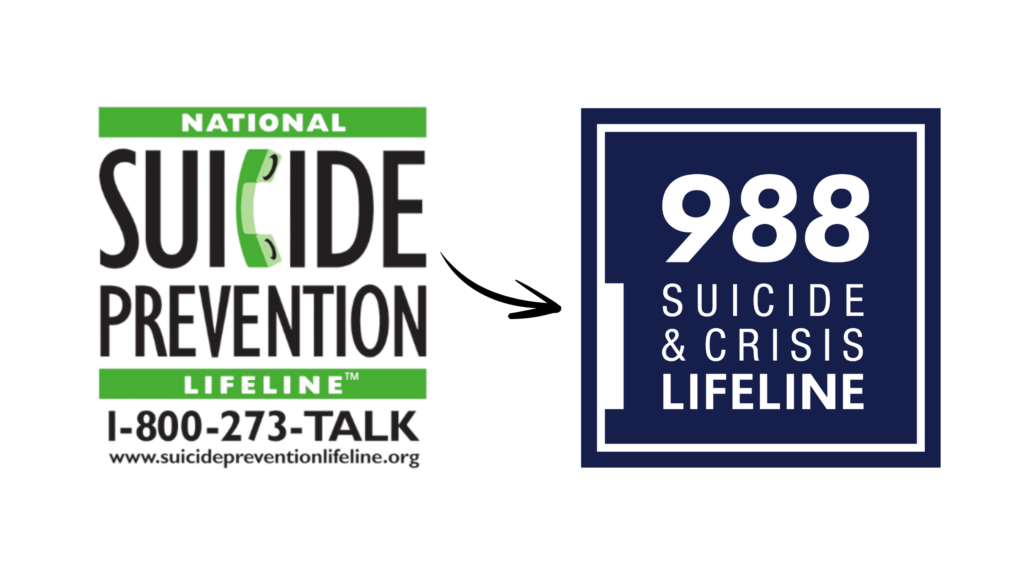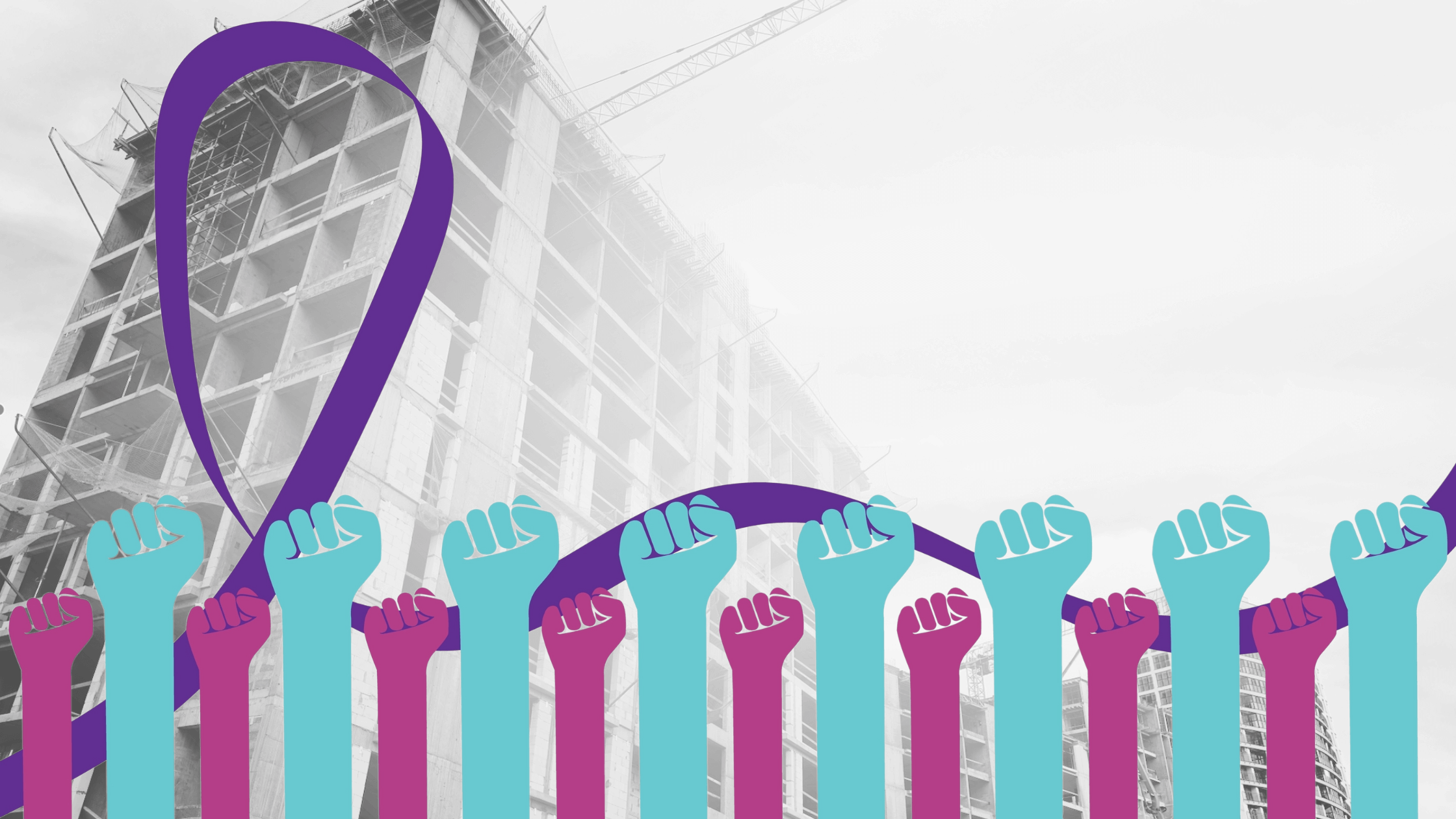September is Suicide Prevention Month, and trade workers are more at risk for substance abuse, mental health issues, and suicide than any other industry. While some of the onus is on employees, employers play a crucial role in preventing suicide. Bold leadership, promoting mental health resources and awareness, and screening for substance abuse and mental health problems are some strategies employers can take to help combat mental health issues and reduce suicide rates.
In this article, we’ll break down ten critical steps companies can take to support their teams before it’s too late.
Why suicide prevention is important in construction

Discussions of mental health and well-being in the workplace have historically been taboo. While there is a positive shift toward more open conversation around mental health, the construction industry is slow to catch on.
Workers in trades lack access to mental health resources at an alarming rate. A 2020 survey by the National Academy of Engineering (NAE) shows that 83% of construction workers have experienced a mental health issue. Because the industry is so male-dominated, it still reflects outdated gender roles and conventions around masculinity.
Physically strenuous jobs make these men “tough,” and in the same breath, mental health issues are still seen as “weak,” making it a challenge to make strides in suicide prevention in the industry. Workers feel like they can’t ask for help; if they do, it may fall on deaf ears. Sadly, the environment these ideals have cultivated has led to distress and alarmingly high suicide rates.
To help combat the issue from the root, companies can take a three-pronged approach to improvement set forth by the Construction Financial Management Association (CFMA). The tactics are divided into early, mid, and late.
- Early tactics: What preventative measures can workplaces take to stop mental health issues from surfacing?
- Mid tactics: How can employers and colleagues identify people who might be currently struggling in the early stages of a substance abuse or mental health problem?
- Late tactics: How can companies respond effectively to a crisis if it occurs?
Early tactics
Here are some measures to be implemented on your job site to prevent future mental health crises.
Be bold leaders
Nominate champions internally who can confidently promote suicide prevention and mental health.
These leaders should acknowledge that some employees experience complex life changes, mental conditions, and substance abuse challenges. They should also assess their internal readiness by hosting a leadership roundtable to identify best practices and how to keep an open dialogue going.
Another action would be to allocate funding and resources for marketing, training, mental health services, and program evaluation.
But perhaps more importantly, leaders should act as role models by sharing personal stories and obstacles to work to dismantle the mental health stigma.
Promote mental health education and awareness
We naturally fear the unknown. By clearly and confidently promoting mental health education and awareness, we can replace these feelings of fear with reassurance.
To ensure proper promotion and education of mental health, start with these resources:
- Offer mental health first aid
- Set up talks on psychological first aid
- Post the National Suicide Prevention Lifeline on your safety board
- Organize a trip to a local mental health center or addiction recovery center
- Host a lunch and learn about mental health wellness
Build a caring culture and safe work environment
Much like precautions for physical safety, regulations must also be established for mental health.
Starting is as easy as acknowledging awareness campaigns like World Suicide Prevention Day (September 10th), Construction Suicide Prevention Week (September 9-13) and Mental Health Awareness Month (May). Because mental health is a broad topic, it’s easy to tie to an awareness theme in a quarterly campaign, like “You can’t keep your mental health together with a staple gun,” so it stays interwoven in company culture.
Provide training on practical coping skills
Adding mental health and wellness workshops to yearly safety training, onboarding, orientation, and executive coaching effectively provides hands-on support.
Workshop themes could include positive relationship building, conflict resolution, stress management, responsible drinking, pain reduction, mindfulness, and meditation.
Mid tactics
Support and education don’t stop at prevention. These mid-tactics should be implemented to help workers currently struggling.
Begin screening for substance abuse and mental health conditions
Mental health issues are more treatable when caught early. Much like screening for physical ailments, mental health and substance misuse screenings should be a regular, standard practice.
Health information should remain private, but encouraging and promoting regular evaluation could help employees tremendously. Screening reminders could be integrated with the regular workflow by encouraging the Man Therapy 20-Point Head Inspection, suggesting they take a quick, anonymous mental health assessment, or encouraging them to participate in National Depression Screening Day.
Promote mental health services like Employee Assistance Programs
Employee Assistance Programs (EAPs) are crucial in the workplace. Some of the services EAPs offer include “fitness for duty” evaluations, counseling, incident management, and reintegration for employees on leave for a mental health issue.
EAP programs should be promoted during new employee onboarding and through posters and brochures in the workplace. Company benefit announcements or reminders should also encourage the use of EAP services. You could also bring in representatives from EAPs to give a recurring information session.
Train managers and employees to navigate difficult conversations
Employees can turn to each other for support once your workplace fosters a culture of openness and respect around mental health. When they do, the receiving party must be well-trained to converse.
Training should be integrated into leadership and management coaching and regular training for employees, much like CPR. Participants should be confident with active listening, referring to qualified resources, and asking difficult questions like “Are you having thoughts about suicide?”
The aim is for leadership and employees to step in when someone is showing signs of mental health decline before things escalate. Organizations could provide general awareness training or search for local evidence-based training programs to host a workshop.
Late tactics
Late tactics should be used when someone is in a crisis or to assist after one has occurred.
Handle mental health crises in the workplace
In the event of an active mental health crisis, there are a few things others can do to help.
First, review your current policies on mental health. What procedures should be followed when a worker has a crisis that could require medical leave? What accommodations are required, and when and how will they be reintegrated into the workplace?
Then, collaborate with the employee in need to create a safety plan. This plan should first and foremost determine the level of confidentiality and identify who in the organization is included in the support team. Ask what the employee thinks would be helpful and offer the resources that best support them.
Reduce the access the employee has to lethal means if there’s a risk of suicide. Encourage the employee to restrict access to pills and guns, and do not allow the employee to operate from a significantly elevated surface.
Bring awareness to the National Suicide Prevention Lifeline

Today, the National Suicide Prevention Lifeline (NSPL) is one of the most effective workplace resources, representing a vast network of lifelines.
With NSPL, a worker in a crisis or assisting in a crisis can call for help. This is an extremely effective option if an employee needs an immediate resource but feels shame or wants to maintain confidentiality.
Employees can call toll-free at 1-800-273-8255 or call/text 9-8-8 in Canada, and a counselor will assist them with devising a plan to cope and making decisions to avoid and de-escalate a crisis. Callers are often in a life-threatening scenario and need immediate help. The hotline can take aggressive measures like tracing locations and alerting medical personnel.
The NSPL removes the financial, time, and travel barriers, making it one of the most accessible resources for people in a crisis. They also offer a chat function at suicidepreventionlifeline.org.
Following a suicide death, provide compassionate grief and trauma support
Preparing for and preventing mental health crises is complex, and navigating grief in the workplace after a suicide can be just as hard.
In these scenarios, review the resources you offer in the workplace and work to provide counseling and trauma support to employees. Your management team should have training in crisis support, and you should work to put a plan in place to coach employees on how to communicate in the event of a suicide safely.
Bottom line
Change doesn’t happen overnight; unfortunately, changing workplace culture to embrace mental health awareness won’t happen tomorrow. However, by following these actionable steps, employers and employees can become more aware of mental health issues and the steps needed to save lives in the future.
Working in construction, warehousing, farming, or any other trade comes with a lot of pride, but it also casts a shadow over anything perceived as “weakness.” Don’t let the mental health stigma seep into your workplace culture. It could cause ridicule, harm, or something much worse.


